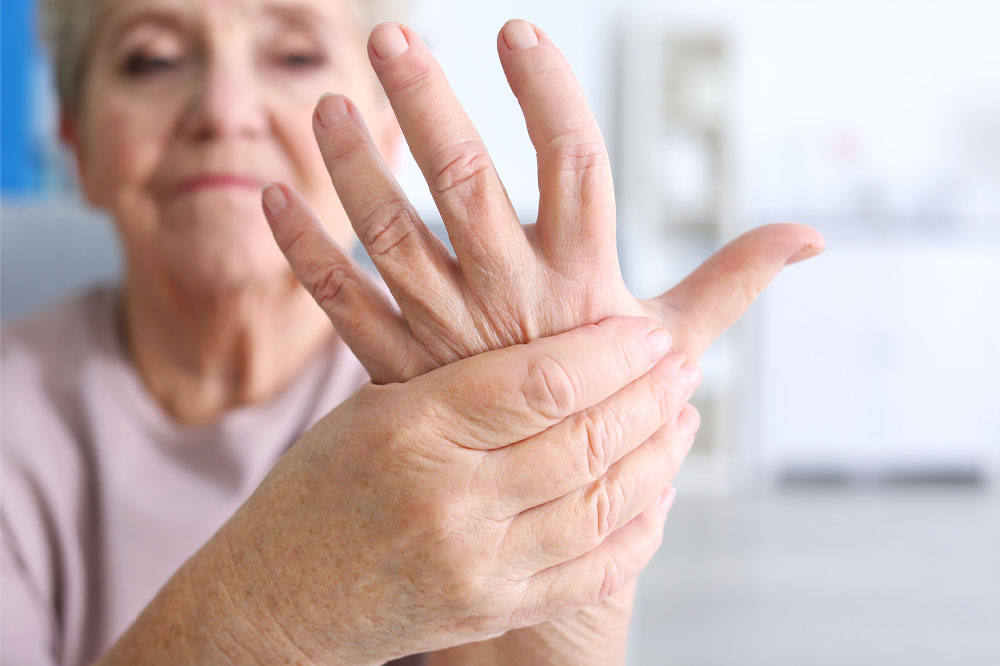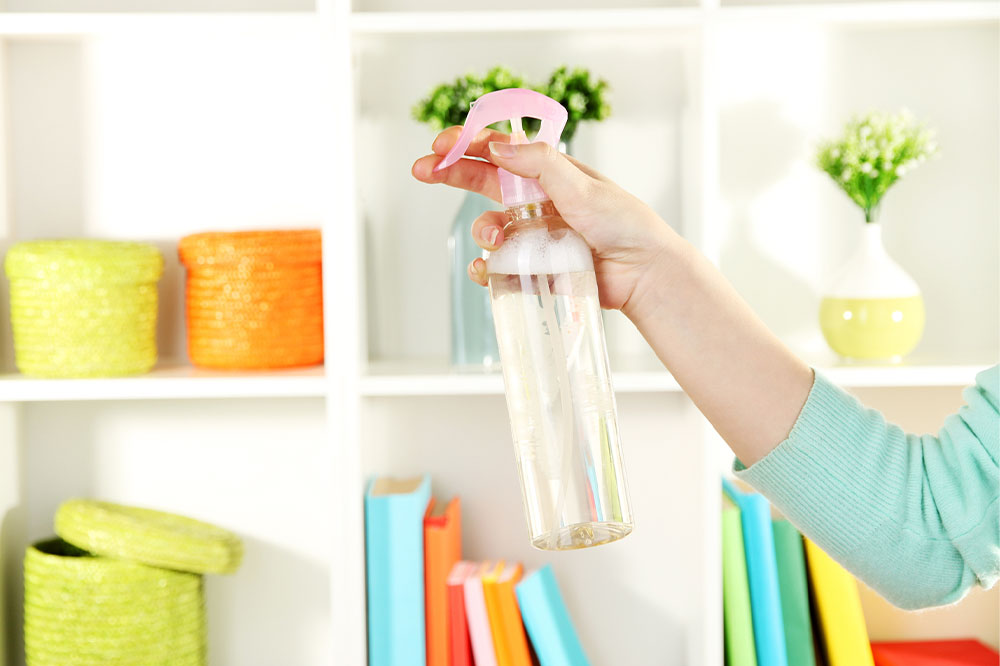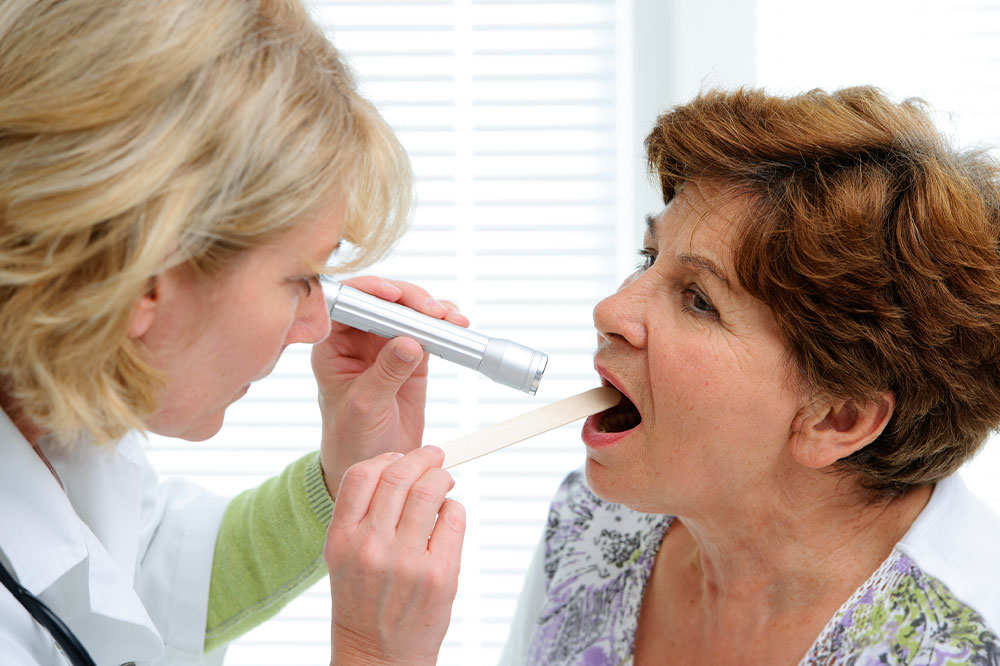
Health
7 household items that can cause cancer
Due to its incurable and terminal nature, cancer scares the living daylights out of everyone. People do their best to stay away from things that may cause them to develop cancers of any kind. There are many well-known carcinogens that healthy people actively avoid, such as soot, certain types of radiation, and cholesterol-heavy foods. However, there are many elements within one’s own house that can be carcinogenic in nature. Some such household items are: Room spray Formaldehyde is one of the most dangerous carcinogens out there. Room sprays contain this chemical, but most of them do not mention it in their ingredients list column. This is mainly because these sprays contain preservatives and chemicals that are scientifically termed “formaldehyde-releasers.” So, when these chemicals are inserted into a formula, they undergo a series of reactions and release the dreaded carcinogen. Apart from room sprays, one will find formaldehyde in face care and body care based makeup products. If possible, one can seek and purchase formaldehyde-free products and non-toxic room sprays to keep their house smelling sweet even without the cancer-causing element. Perfumes Just like formaldehyde, styrene is another chemical that can eventually cause cancer in people if they are exposed frequently to it.
Read More 















